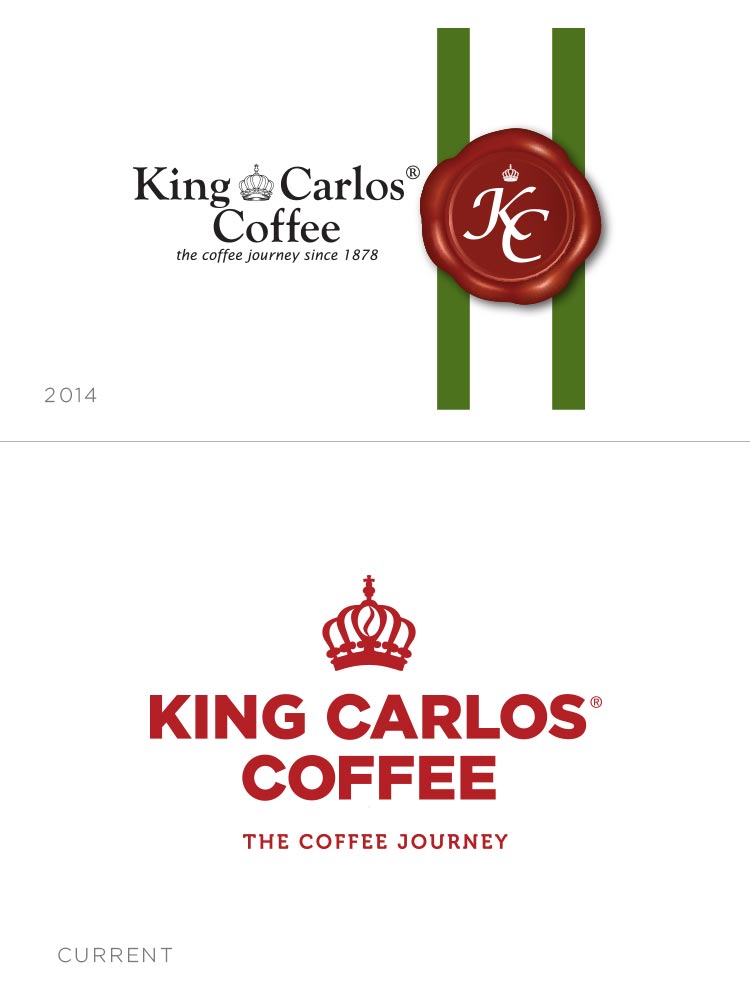A brand is the visual identity that your company represents. It is the way your customers and prospects to connect with you, not only visually but also emotionally. This connection determines how they respond to what you are offering and can have a profound effect on the success or failure of your company. Thus it is imperative for any company to take steps to protect its brand, especially when it is a vital part of your company’s marketing mix.
A strong brand can be one of the most powerful assets your company has. It is an intangible asset that not only affects your bottom line but can help shape the future of your company as well. So if you want to launch your brand successfully, it is necessary to come up with a value proposition or strategy right from the beginning. Unfortunately, many companies don’t take branding seriously enough and thus never manage to launch their new brand successfully.
In order to launch a successful brand, a well-conceived marketing strategy is required. The strategy should include the purpose of your launch, who your audience will be, what your product or service offers, your branding objectives, a good name or logo and your target audience. It must also address issues like your timing and budget. There are many elements that make up a solid marketing strategy and they should not be left until the last minute. A well-conceived plan will allow you to overcome the many challenges that can come up during your launch day.
During your brand launch you must address how your release is different than the competition. Do something that no one else is doing to differentiate you from the competition and use social media to reach a different audience. For example, if you have been in business for a while and are only releasing to traditional channels, consider how you could use social media channels to attract new customers or clients. You should give your audience a reason to visit your website rather than another competitor’s site because people won’t visit a website just because it looks different.
You will need to determine the number of people that will be targeted and reach them with media. A strong media campaign will not only help you to attract new audiences, but will also ensure that there is enough interest among existing audiences to boost conversion rates and increase sales. The best way to do this is to compare your current competitors to create an “alphabetically” comparison. If you launched the same product or service in January of this year, how would you stand compared to your most recent competitors? Use metrics and analytics to analyze how well you are doing against the other companies in your particular industry.

Another vital part of a successful branding strategy is making sure that the rebranding effort is consistent with your original business vision. Many companies make a lot of changes to their brands, but forget to completely overhaul them. This can result in confusing customer perceptions and ultimately, losing customers. It is vital that you focus on a single goal for your marketing efforts, instead of trying to rebrand various products or services under the umbrella of a brand name. This will allow you to focus on providing quality products and/or services while making the necessary changes to the brand name.
In addition to positioning your business effectively, you should also focus on creating a value proposition. Your value proposition is essentially your promise to your customers: what can they expect to get out of engaging with your product or service. For example, if you sell flip flops, your value proposition could simply be that you sell quality flip flops. However, if you want to create a solid branding strategy around the value proposition that you’re promising your customers, you should consider how your target audience may benefit from the type of products or services you offer.
Finally, your positioning and brand identity should be built around an individualized message. Many businesses use the same message on their website or in their email campaigns. While this strategy is fine-until it starts to become boring! Instead, you should design your website and email campaigns for each individual demographic segment your company targets. When you do this, you create a unique set of customers and a powerful branding strategy.
